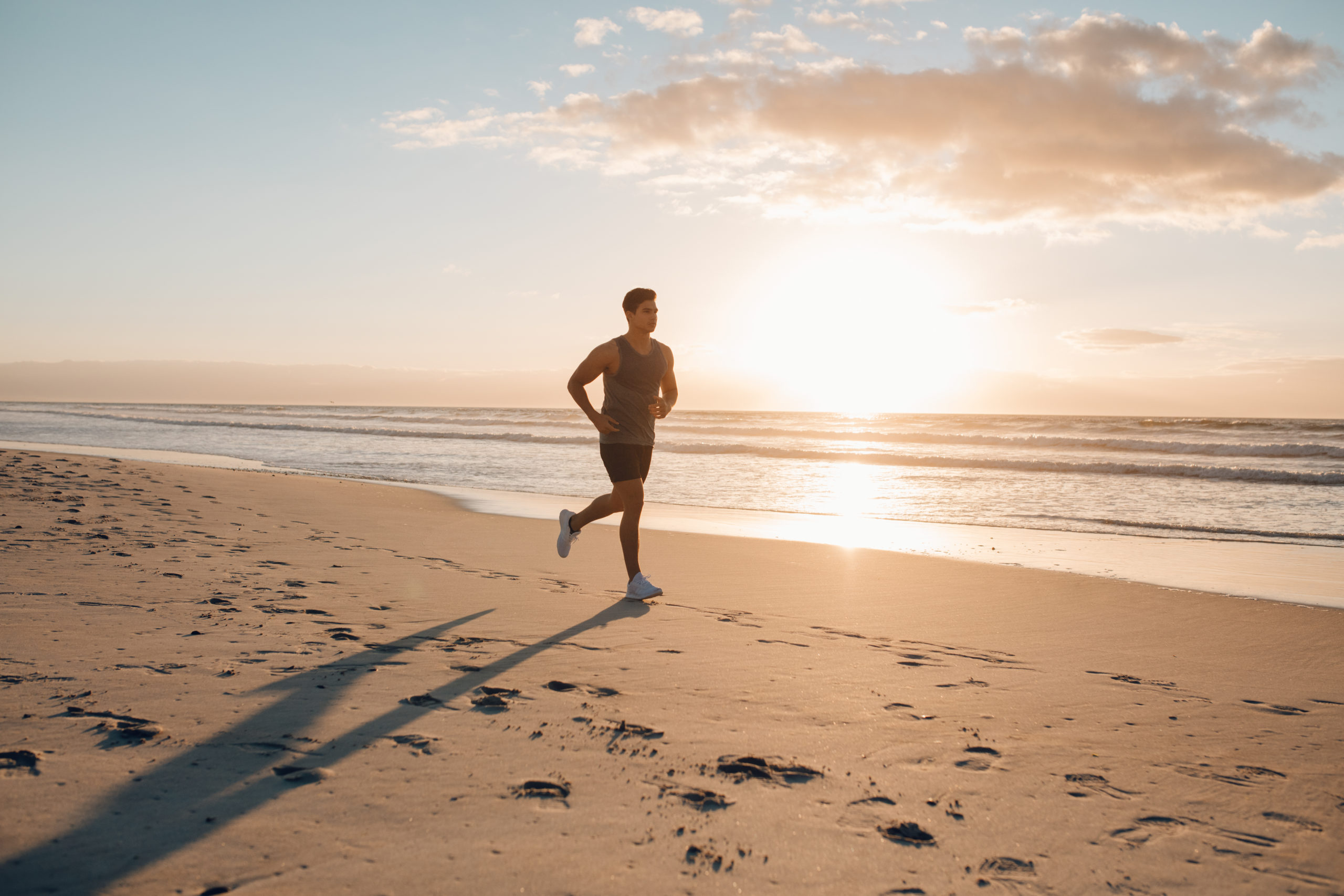Many parents and teens face this problem, so please know that you are not alone. Addiction is a disease, and just like any other disease, addiction is a treatable one. Finding the best rehab facilities for teens is a great first step to take when your child’s health and safety is your primary concern.
This condition will only get worse, the longer the problem goes without treatment. Early detection is crucial to helping your child leave behind the destructive lifestyle that is commonly associated with substance abuse.
Can I Tell if Someone is on Benzos or Xanax?
Just like many other types of addictions, an addiction to Xanax will affect nearly every aspect of the person’s life. A typical addict will let their personal relationships deteriorate, while often isolating themselves socially. Job loss, financial hardship and legal troubles are common with those who are addicted to benzos. Developing a chemical dependence on Xanax can lead to many dangerous situations. Since benzodiazepines are sedatives, it is generally unsafe to operate an automobile, even when on a prescribed dose from a doctor.
Continue readingSobriety. It Takes a Village.
We like to think that we are self-sufficient. Self-reliant. Self-supporting. While none of these are bad things, remember: Sobriety takes a village, so it’s time to kick those self-words to the curb for a while.
Community and Addiction Recovery
Drug addiction and alcoholism are isolating. It puts people in a precarious place where they begin:
- Focusing solely on themselves and their needs.
- Fixating on their chemical dependency to get through each day.
- Withdrawing to protect others from the destruction of their addiction.
- Hiding their addiction to continue drug use.
- Feeling unworthy of healthy relationships.
To achieve and sustain sobriety, it’s important to surrender self-pride and begin to accept help from clinicians, therapists, peers, and family. Group support is critical during drug and alcohol rehab and will continue to be important throughout your sobriety journey… for several reasons.
- You need a sounding board. When grief, self-doubt, and fear creep into your recovery experience, one healthy way to deal with these emotions is to share them with others. Sometimes, a trusted therapist plays the role of sounding board. Other times, you may need to share your frustrations with like-minded individuals who’ve been where you are.
- You need accountability. Sobriety is a daily struggle, and will be for the rest of your life. When you complete active rehab, you must have an accountability partner, a roommate, or a well-meaning friend who can speak truth into your life and discourage you from falling back into old patterns.
- You need a friend. Not the old friends you used to hit the bar with, but new friends who have your best interests in mind. Sober friends are people you can have fun with, share interests with, and rely on when your sobriety journey threatens to go off-road.
- You need a mentor. This may be a sponsor, sober peer, or a recovery coach—but it should be someone intimately familiar with your addiction history and recovery journey. This role model will help you recognize and avoid addiction triggers and maintain your commitment to a chemical-free lifestyle.
Social Treatment for Drug & Alcohol Addiction
10 Acre Ranch is a residential men’s addiction center that utilizes a social treatment model. Through therapeutic group meetings, sports and recreation, and life skills workshops, residents learn to connect with and support one another during throughout addiction treatment and beyond. We emphasize the importance of living and thriving in community, and our success rates prove that this strategy works. To learn more about our recovery community or speak with an intake specialist about our affordable payment options, call 877.228.4679 today.
Cause and Effect: Binge Drinking and Diabetes
Think the binge drinking you did in college was just good old-fashioned fun? Think again. New research is showing that binge drinking, common among partying college students for decades, may play a big role in the development of Type-2 diabetes.
More than Harmless Fun
For thousands of college students, the weekend is a time to get drunk and blow off steam. And to accomplish this as quickly as possible, many of them practice what has become known as binge drinking: for men, consuming five or more drinks in a two-hour period. Although this type of drinking has always been found on college campuses, it is also becoming common in the general population. In fact, an estimated 69 percent of binge drinking occurs in those over the age of 26. Once thought of as harmless fun with friends, we now know that binge drinking at least once a week over a period of time may cause changes in the brain that have far-reaching health implications.
New Insight from Studies with Rats
Scientists have long recognized a connection between the use of alcohol and the incidence of diabetes. Heavy drinking can lead to pancreatitis, and diabetes is a common side effect of this condition. In addition, alcohol is high in calories and may contribute to obesity which is a direct cause of Type-2 diabetes.
Now, researchers at Mt. Sinai Medical Center have discovered alcohol-induced changes in the brain which provide a direct link between binge drinking and diabetes. When rats were given alcohol in amounts equivalent to binge drinking in humans, inflammation occurred in the hypothalamus, a part of the brain that controls metabolic functions. This, in turn, disrupted the brain signals which trigger insulin receptors to utilize glucose in the blood. In humans, this “insulin resistance” leads to chronically high amounts of glucose in the bloodstream and is a primary indicator of Type-2 diabetes.
Complications of Unchecked Diabetes
Why should you worry about diabetes? Left untreated, this condition can seriously affect your health, longevity, and quality of life. Just a few of the complications include:
- Blindness
- Poor circulation often resulting in amputation
- Kidney disease leading to dialysis
- Neuropathy or loss of feeling in hands and feet
- Coronary disease and stroke
The good news is that with early detection, treatment of Type-2 diabetes, and treatment for binge drinking addiction, most of these complications can be successfully avoided!
Are you struggling with binge drinking or alcohol and drug dependency? It’s not too late to make a change for better health. 10 Acre Ranch is a California treatment center for men 18 and older. Call 877-228-4679 to learn about our social model program and lifestyle activities. Get started on your healthier life today!
Activity-Based Addiction Treatment for Men
Seeking help for a drug or alcohol problem isn’t an easy step to take. You may think you know what treatment will be like, and that may be the reason you’ve stayed away until now. And if you’re not comfortable sharing your feelings and participating in a group therapy environment, you’re not alone.
Hiking, working out at the gym, playing softball, or spending time with animals doesn’t sound like addiction therapy to most people, but these are some of the activities you’ll enjoy as part of your addiction treatment program at 10 Acre Ranch. Called “activity-based therapy,” this holistic component is part of many top-ranked drug and alcohol recovery programs.
Why is Activity-Based Therapy Important?
Delving into your feelings to determine why you’ve risked your health, job, and relationships to use drugs is tough, especially for men who don’t see themselves as the “sensitive type.” While talk therapy is integral to helping addicts recover, it’s only one small part of a holistic approach.
Activity-based therapy encourages clients to explore other outlets, particularly those that are physical in nature (sports, weightlifting, etc.), to help patients cope with the changes in their lives that occur during addiction treatment. It’s natural to experience anger, frustration, and aggression during recovery. Participating in recreational activities and completing recovery assignments that are less traditional and more free-form allows men work through negative emotions without becoming self-destructive. These distractions may even curb cravings. Having fun reminds patients that joy still exists in their lives—and that their future holds value far beyond a temporary high.
Studies have shown that complementary therapies like exercise and music performance are valuable components of a multidisciplinary treatment program for drugs and alcohol. Activity-based therapy may also lessen the risk of relapse, in some cases.
Activity Therapy and Men’s Drug Addiction Treatment
Residential, outpatient, and drug detoxification programs approach treatment in several ways, all with the goal of maintaining long-term sobriety. Local outings, softball tournaments, group meal preparation, and nature walks are just some of the activities offered to the men at 10 Acre Ranch, in combination with therapy (individually and in a group setting), 12-step integration, and disease education.
10 Acre Ranch Drug & Alcohol Rehab
To learn more about the therapeutic programs, recreational activities, and fitness opportunities available at 10 Acre Ranch addiction treatment for men, dial 877.228.4679 today. Serving men 18 and older, our wide range of programs encourage clients to embrace an active, healthy lifestyle as they pursue sobriety and wellness.
Exercise & Drug Addiction
Stronger Body, Sharper Mind
Exercise is a proven remedy for a variety of ailments, from diabetes to depression—and even chemical dependency. Studies show that vigorous exercise improves heart health, removes toxins from the body, increases concentration, aids in weight loss, relieves stress, and reduces substance cravings.
The Biology of Cravings
A 2010 Scandinavian Journal of Public Health article found that drug abuse clients who exercised as part of their rehab regimen enjoyed “improved quality of life and reduced intake of the drugs they had been abusing.” They also reported more energy and an overall sense of confidence about their appearance. In studies conducted on rats, the journal Biological Psychiatry reported that rats with access to an exercise wheel had decreased drug cravings and experienced less damage to the prefrontal cortex of the brain. WHY? For several reasons.
Exercise boosts dopamine production.
When an addict uses, he gets a dopamine response: a chemical “reward,” so to speak. Over time, his brain becomes trained to expect this chemical reward. In effect, dopamine is dangerously reprogramming the brain. Fortunately, exercise also elevates dopamine—which decreases stress and increases motivation, mood, and wellbeing without nasty drug side effects. (It also delivers a natural high produced by the release of endorphins!)
Exercise & alcohol abstinence heals the brain.
Men addicted to alcohol and drugs suffer from forgetfulness, lack of concentration, and neuronal damage. When combined with a proven rehabilitation program, exercise has been shown to “rebuild” the brain of an addict. This is called neurogenesis.
Exercise fills the void left by alcohol and drug addiction.
Physicians recommend cardiovascular exercise, weight training, and mind-body workouts as treatment for depression, anxiety, and addiction. A healthy body is resilient to stress, cravings, and withdrawal symptoms. In addition, exercise provides recovering addicts with a new pursuit and a healthy replacement for alcohol, cigarettes, gambling, or drugs.
Exercise improves confidence.
Many men admit to self-loathing and feelings of hopelessness while they are addicted to substances or activities. As they improve endurance, stamina, and physique with routine exercise, they are more likely to believe they can make larger changes and take charge of addiction recovery.
Mind-body exercise restores inner peace.
While men may shy away from yoga, Pilates, tai chi, and other mind-body programs, we urge them to think again. Mind-body exercise regulates adrenaline and stress hormones and has been proven to help with addiction, post-traumatic stress disorder, chronic pain, and severe anxiety. “Chronically high levels of hormones are toxic to the body and central nervous system, and we know yoga can help reduce or balance the stress hormones in the body,” said Sat Bir Khalsa, assistant professor at Harvard University. “It makes sense that if you are less stressed, you may not be so quick to seek substances to cope.”
Exercise & Men’s Drug Addiction Treatment
Residential and outpatient drug recovery facilities are seeing positive results from incorporating fitness and nutrition into a holistic treatment approach. To learn more about the fitness, recreation, and team-building activities available at 10 Acre Ranch, dial 877.228.4679 today. Serving men 18 and older, our therapeutic group activity setting encourages clients to return to an active, healthy lifestyle as they pursue long-term sobriety.




